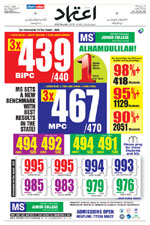IMF hikes Saudi Arabia’s 2018 growth forecast
Wed 01 Aug 2018, 16:53:06
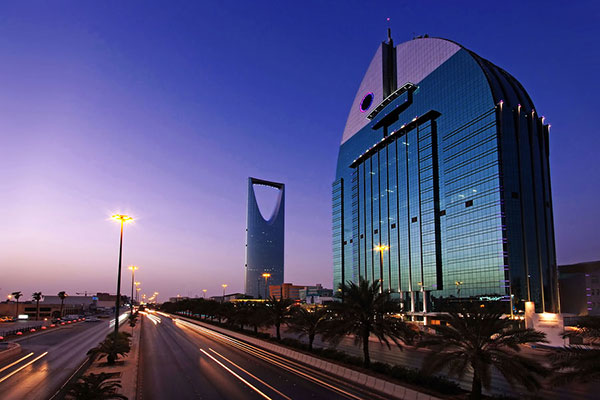
The International Monetary Fund (IMF) has raised Saudi Arabia’s 2018 growth forecast to 1.9 per cent as against 1.7 per cent projected earlier on account of higher oil output amid firm crude oil prices and structural reforms, said a new report.
It projects the fiscal deficit to shrink from 9.3 per cent of GDP in 2017 to 4.6 per cent and 1.7 per cent in 2018 and 2019, respectively, said the latest Economic Research report by Al Rajhi Capital, a leading financial services provider in the kingdom.
Post the increase in oil prices and exports, Al Rajhi expects oil revenues in the second quarter (Q2) to reach SR134 billion ($35.7 billion) while for the full year it is expected to touch SR547.5 billion ($145.8 billion), which is 11.3 per cent higher than the budget target of SR492 billion ($131.1 billion).
This is likely to lower deficit by 28 per cent in 2018, according to the report.
Meanwhile, the economic indicators for June appear to be progressing well with SAMA foreign
reserves showcasing a rise (+0.4 per cent m-o-m) after a brief drop last month, driven by the recent debt issuances by the government.
reserves showcasing a rise (+0.4 per cent m-o-m) after a brief drop last month, driven by the recent debt issuances by the government.
However, credit to the private sector edged down (-0.1 per cent m-o-m) in June, whereas bank claims on the public sector increased (+0.4 per cent m-o-m). Further, POS transactions continued its march upwards in June, backed by the ‘Restaurants and Hotels’ and ‘Food and Beverage’ segments.
Meanwhile, remittances by Saudi nationals increased (+13.3 per cent y-o-y) in June, while those from non-Saudi nationals also recorded a rise (+1.7 per cent y-o-y). However, the cost of living index rose at a slower pace (+2.1 per cent y-o-y) in June, weighed down by the fall in the ‘Housing, Water, Electricity, Gas’ sector which constitutes around a quarter of the index.
“Overall, we continue to believe that higher oil output amid firm oil prices, along with improving non-oil sector will ensure a sustainable economic recovery in 2018,” Al Rajhi said in the report.
No Comments For This Post, Be first to write a Comment.
Most viewed from International
Most viewed from World
AIMIM News
Latest Urdu News
Most Viewed
May 26, 2020
Do you think Canada-India relations will improve under New PM Mark Carney?
Latest Videos View All
Like Us
Home
About Us
Advertise With Us
All Polls
Epaper Archives
Privacy Policy
Contact Us
Download Etemaad App
© 2025 Etemaad Daily News, All Rights Reserved.

.jpg)
.jpg)
.jpg)
.jpg)
.jpg)
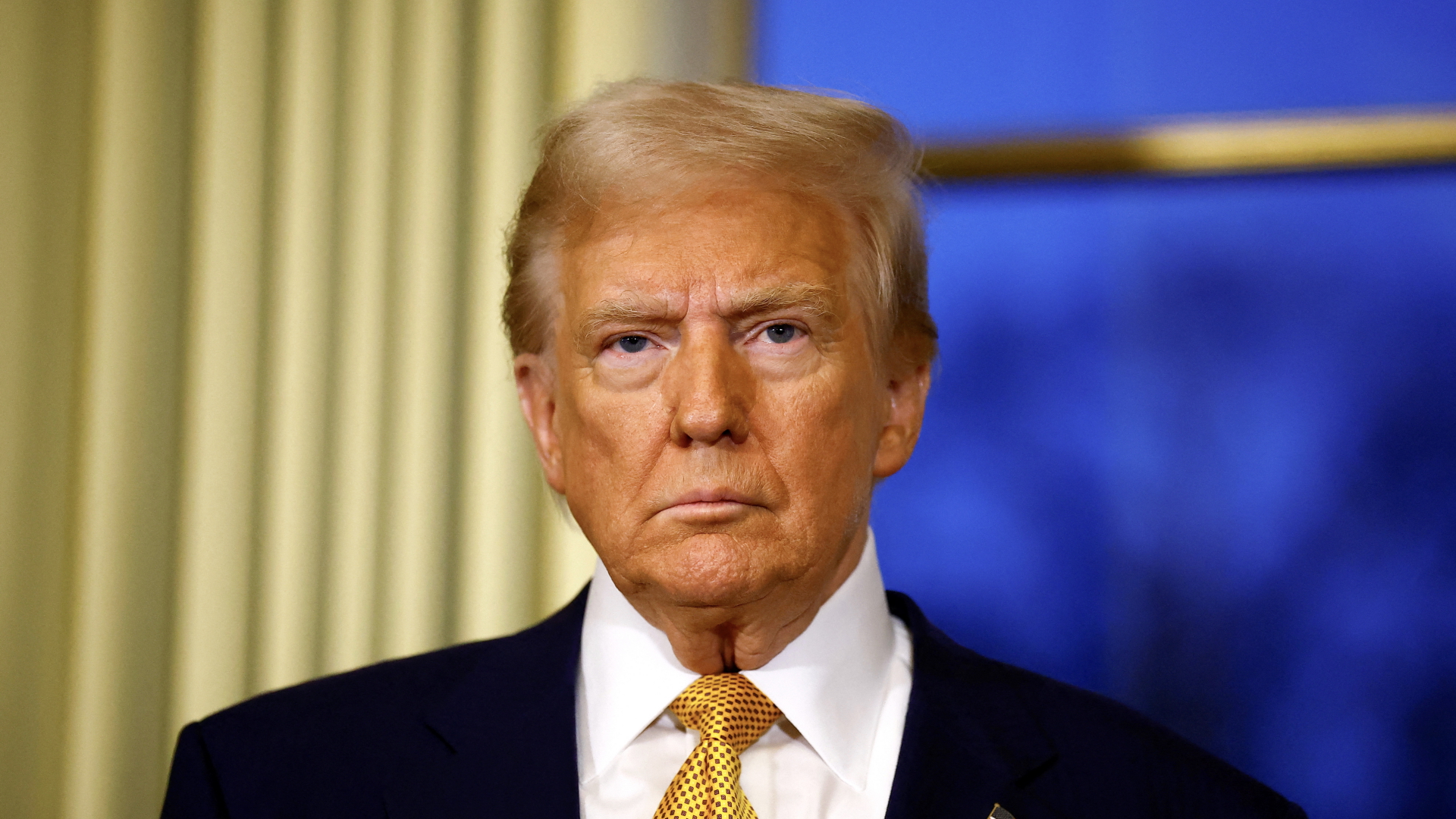
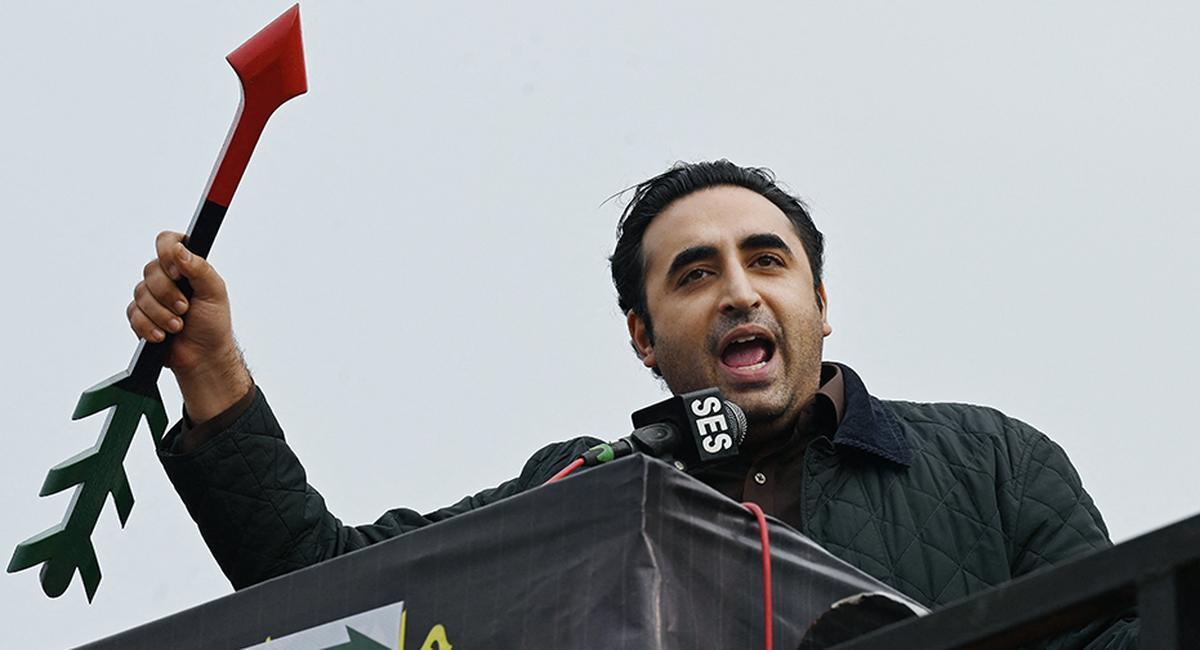
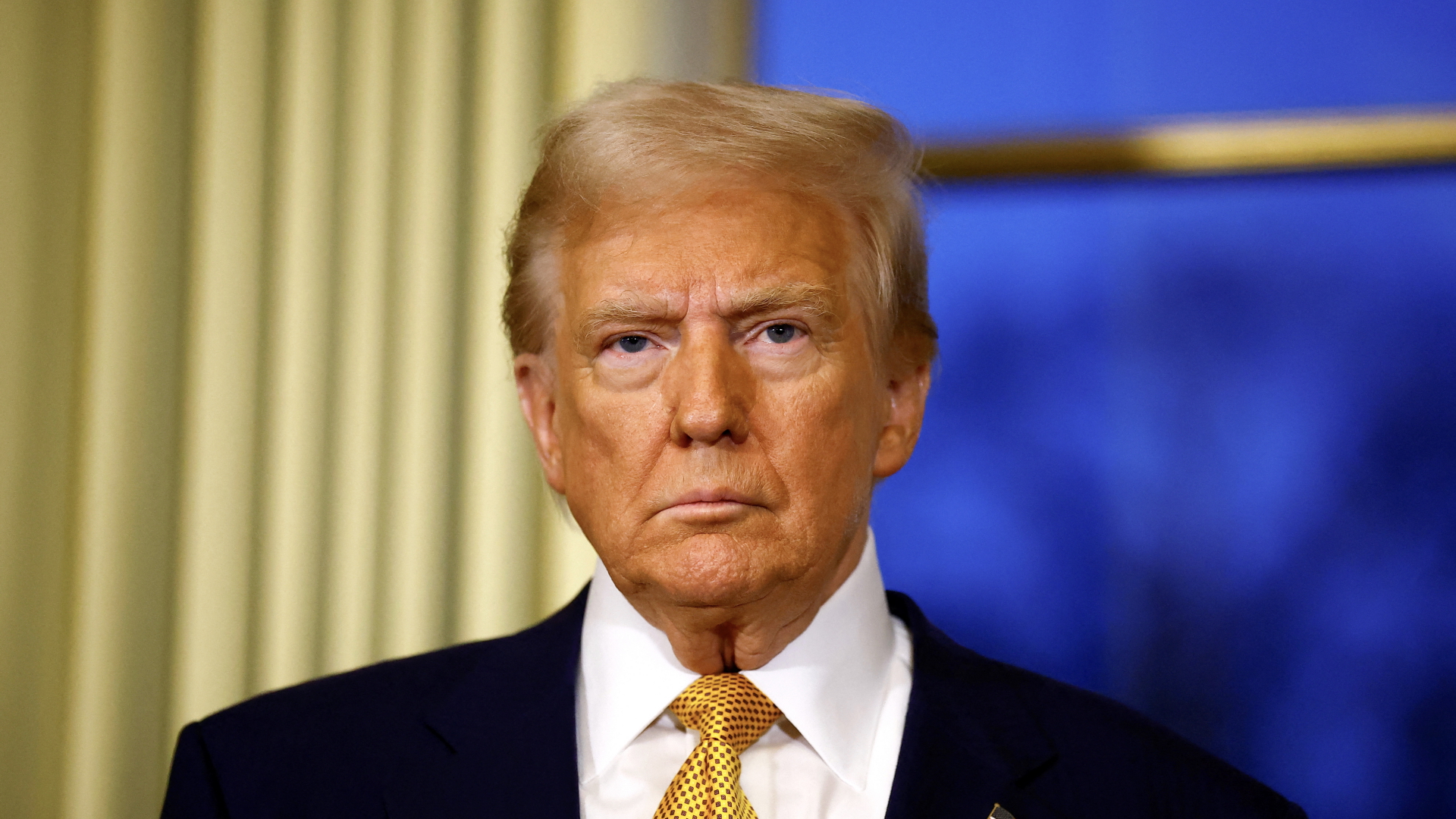

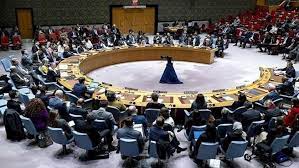
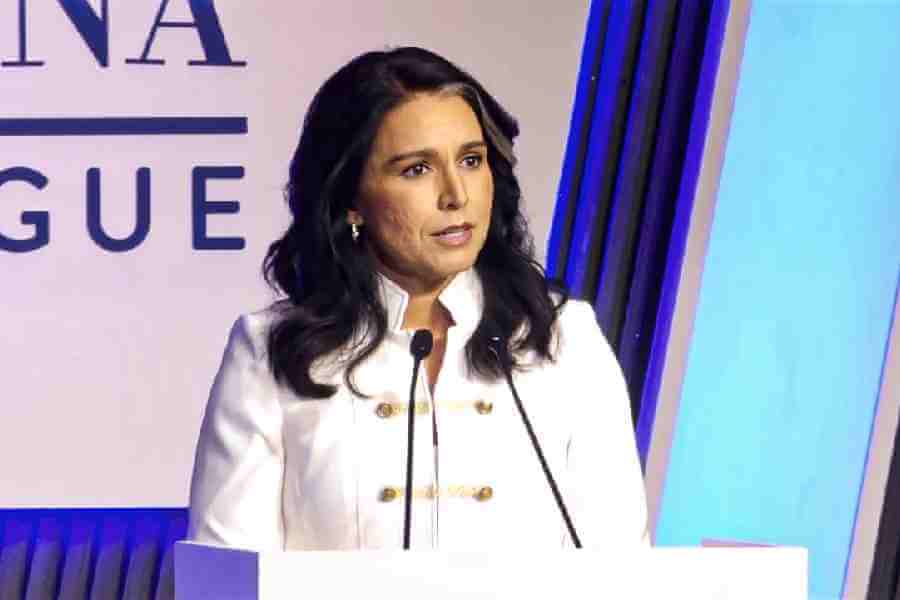
.jpg)
.jpg)
.jpg)
.jpg)
.jpg)
.jpg)
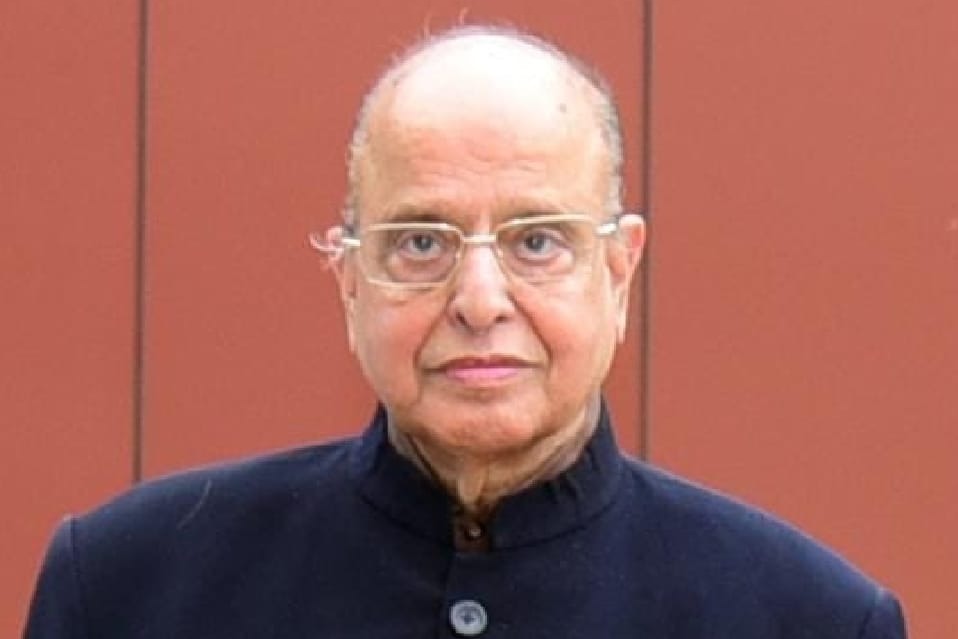
.jpg)
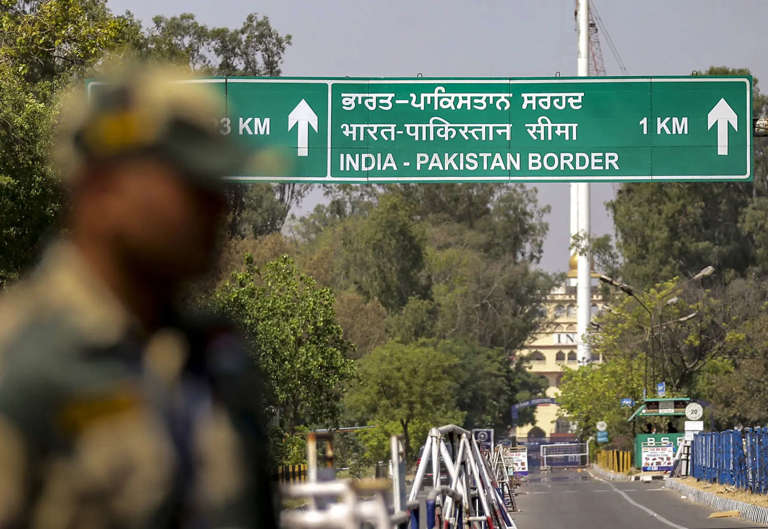


.jpg)
.jpg)

